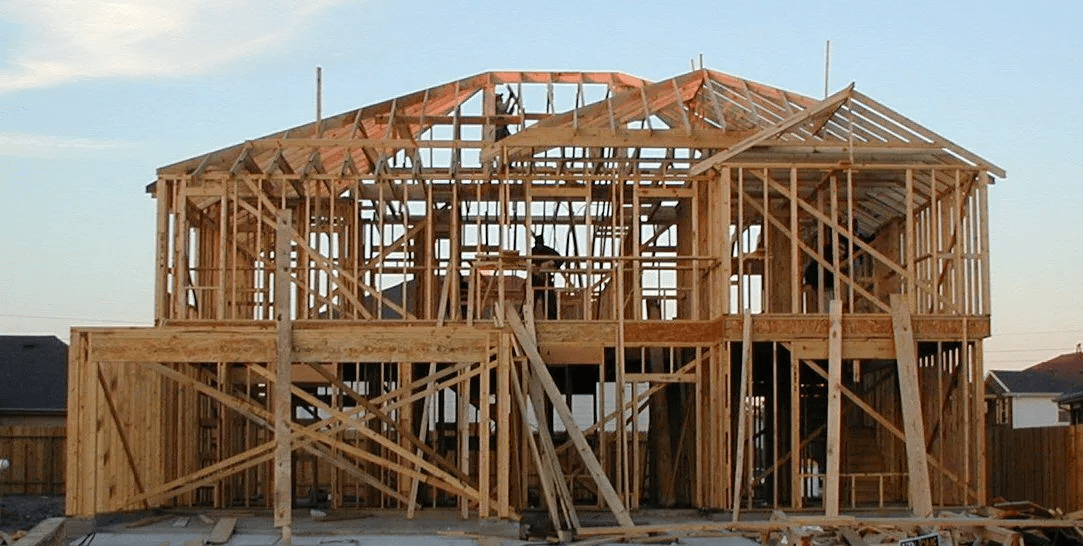The lumber market could see fluctuations in 2023, as the commodity crucial for homebuilding has experienced a 14% soar in the past two weeks. After a challenging 2022, where lumber prices tumbled over 60%, the industry may see a resurgence as mortgage rates decrease and the supply situation becomes clearer. The average 30-year fixed mortgage rate has decreased from 7% in October to around 6.15% currently. Should mortgage rates continue to fall, it could boost demand for home purchases as cheaper borrowing costs make buying a house more accessible. As the homebuilding season is near by, supply shortages and soaring prices will add a few challenges.
At the same time, the outlook of homebuilders appears to be improving as sentiment has risen in January for the first time in a year. The improvement is partially attributed to lower mortgage rates and a significant increase in homebuilder stocks indicating that the housing market may not be as weak as some believe. If the demand for homebuilding increases, it could drive up demand for lumber as well. This comes at a time when supply is limited, as reported by building products wholesaler Sherwood Lumber.
During the sharp decline of lumber prices last year, North American suppliers adapted their production to align with the new market demand, resulting in less lumber inventory and restricted growth in future production, as sawmills adapted to the new reality of low prices, as per the statement of Sherwood Lumber’s COO, Kyle Little. However, this shortage in lumber supply may coincide with the peak period of homebuilding in the upcoming spring and early summer.
With inventories now at a low level, production halted, and offshore producers finding better liquidity in Europe and Asia, the industry could find itself in a market of undersupply during the peak period of building season according to an explanation by Little.
According to Little, COO of Sherwood Lumber, the futures contracts for lumber for March and May have seen an approximate increase of 20% from the recent lows, which is more than the gains seen in the Random Length lumber futures, and this may potentially be an indication of what is ahead for the commodity.
An increase in lumber prices would be beneficial for producers, but not for consumers who are still dealing with high inflation. High lumber prices contributed to a rise in home prices in 2021, as futures reached more than $1,700 per thousand board feet. Currently, those same futures cost around $430.













![Google satellite view of 1112 Stanley road in Augusta [Google Earth]](https://www.karmactive.com/wp-content/uploads/2025/04/Augusta-National-Spent-200M-on-270-Acres-but-One-338000-Home-Still-Stands-on-Stanley-Road-720x360.png)




